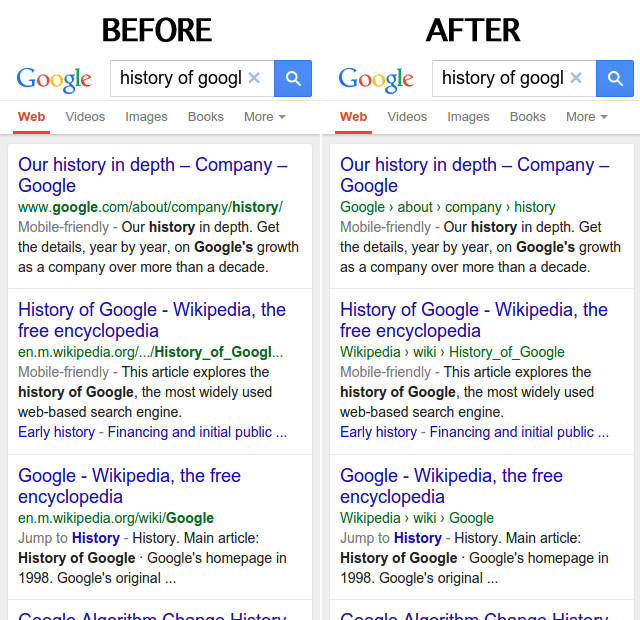The Impact of Mobilegeddon and Other SEO News You Should Know
By: Rank Media
Mobilegeddon: The Algorithm Update Felt ‘Round the World
Mobile, mobile mobile. That’s all everyone in the SEO industry has been talking about for the past week as Google finally launched its algorithm update that takes mobile usability into account in SERPs (search engine results pages). Websites that are currently mobile-friendly may notice a modest increase in organic traffic and search rankings, whereas websites that have a considerable amount of mobile usability issues will realize the severe repercussions of not planning ahead.
If you’re in the latter group, don’t fret: the objective of this algorithm update is to favour websites that are mobile-friendly to enhance the overall user experience on Google. If you implement mobile design within your SEO strategy in the near future, you may be able to recoup the losses in organic traffic and regain organic rankings for your most pertinent and salient keywords.
Initial Winners and Losers from Mobilegeddon
Yours truly has been scouring client data on a regular basis this past week to determine the impact of this latest update on a number of local, national, and international campaigns. For mobile-friendly websites, the gains have ranged from minimal to significant. In some cases, local campaigns have seen quite a surge in rankings for broader keywords due to having a mobile-friendly interface. Even our own website has seen positive movement over the past week, with increases being seen for a wide range of keywords, including the following:
- Blogger Outreach Services
- Influencer Marketing Montreal
- Digital Marketing Agency
- Online Marketing Agency
- SEO Company Montreal
With regards to more well-known websites, Searchmetrics has provided a list of some initial winners and losers from Google’s mobile algorithm update. Some of the preliminary results include:
- Losers: reddit.com (-27% in visibility), nbcsports.com (-28% in visibility), songlyrics.com (-26% in visibility), census.gov (-23% in visibility), and sidereel.com (-22% in visibility)
- Winners: gq.com (+67% in visibility), knowyourmeme.com (+32% in visibility), tvtropes.org (+420% in visibility), foreignaffairs.com (+771% in visibility_, and w3snoop.com (+91% in visibility)
Searchmetrics has compiled data regarding the top 250 domains in each category, which can downloaded here.
Google Rolls Out Update Affecting Display URLs in Mobile SERPs
While it’s a relatively minor aesthetic update and not as widely discussed as the recent mobile algorithm change, Google recently rolled out an update affecting the format of a search result on mobile devices. As you can see from the example below, Google has replaced the traditional display URL from an organic listing with a site name and breadcrumb path.

Webmasters can take advantage of this SEO update by better communicating website structures through structured data schema. Additionally, this update will give web users a better idea of the website structure before clicking-through on a listing. This mobile listing refresh can be seen as another effort from Google to optimize the search experience for users on mobile devices.
Amusing Google Maps Hacks Highlight Holes within the Platform
On a lighter note, recent Google Maps hacks have received a fair amount of attention this past month. A couple of weeks ago, Google Maps displayed a business listing for “Edward’s Snow Den”, a snowboard shop located at 1600 Pennsylvania Avenue….which just happens to be the home of the White House in Washington, D.C.
Referencing Edward Snowden, renowned whistle-blower and former NSA employee, Edward’s Snow Den even received a number of reviews, including one comment that described the business as a “great source of classified information”.
Last week saw users take Google Maps hacks to new heights, where an image depicting an Android relieving itself on the Apple logo was discovered within the app. Although these recent hacks are rather amusing for the regular tech user, they represent an inherent issue within the Google Maps platform. While Google relies on users to make contributions and update business listings, it’s apparent that there may be other jokes/inaccuracies hidden within maps, whether they were made with malicious intent or not. If Google doesn’t get a better handle on the situation and improve the review process for contributions, Google Maps will eventually be flooded with edits resembling the rather caustic review below:

Don’t worry Google, we still like Google Maps.









 (800) 915 7990
(800) 915 7990
